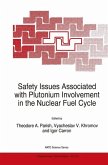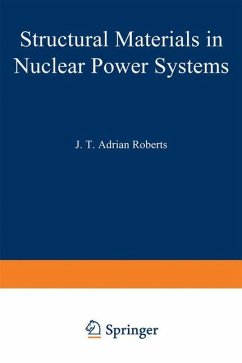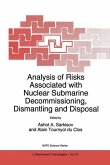The management and disposal of radioactive wastes are key international issues requiring a sound, fundamental scientific basis to insure public and environmental protection. Large quantities of existing nuclear waste must be treated to encapsulate the radioactivity in a form suitable for disposal. The treatment of this waste, due to its extreme diversity, presents tremendous engineering and scientific challenges. Geologic isolation of transuranic waste is the approach currently proposed by all nuclear countries for its final disposal. To be successful in this endeavor, it is necessary to understand the behavior of plutonium and the other actinides in relevant environmental media. Conceptual models for stored high level waste and waste repository systems present many sCientific difficulties due to their complexity and non-ideality. For example, much of the high level nuclear waste in the US is stored as alkaline concentrated electrolyte materials, where the chemistry of the actinides under such conditions is not well understood. This lack of understanding limits the successful separation and treatment of these wastes. Also, countries such as the US and Germany plan to dispose of actinide bearing wastes in geologic salt deposits. In this case, understanding the speciation and transport properties of actinides in brines is critical for confidence in repository performance and risk assessment activities. Many deep groundwaters underlying existing contaminated sites are also high in ionic strength. Until recently, the scientific basis for describing actinide chemistry in such systems was extremely limited.








